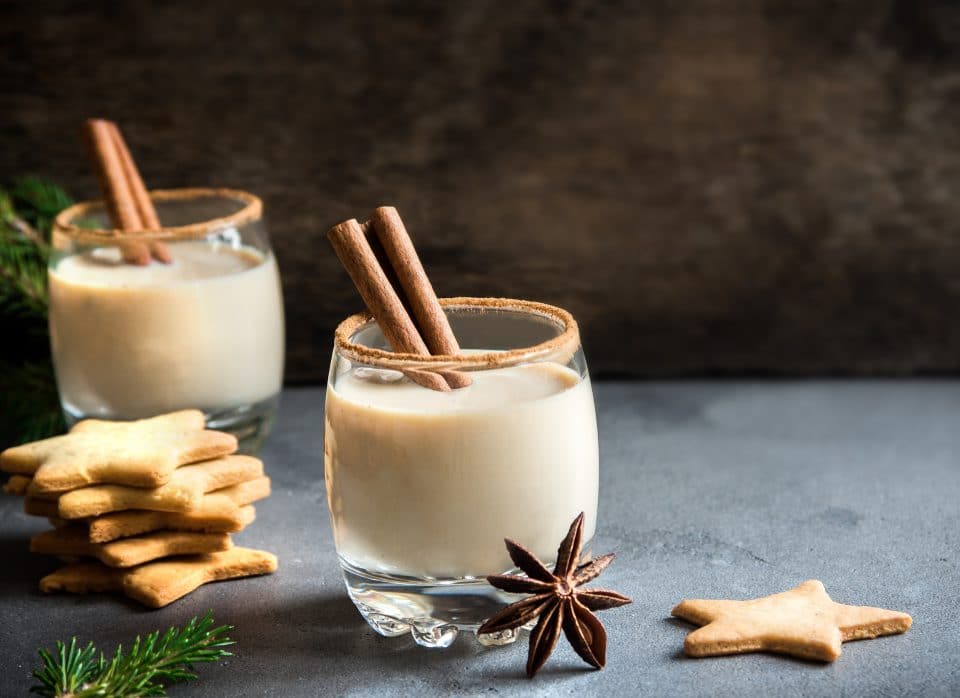Barley might be the most famous grain when it comes to craft brewing, but there’s actually a whole host of grains, each with unique characteristics and properties, that can be used to make beer. It’s similar to how we equate flour for baking with wheat, when there are numerous other grains that can be ground into flour, each having a profoundly different effect on the outcome.
A special facet of Pennsylvania’s agricultural landscape is the geographic diversity that exists across the Commonwealth. Because our large state is home to three distinct growing regions, we’re able to grow a large variety of grains, many of which can be malted into specialty ingredients for brewing. While Pennsylvania has climate-related challenges, like summer humidity (making it difficult to store grain and manage pests), warm winters which affect grain maturity, and so forth, the three growing regions help mitigate environmental risk. Area 1 in the chart below features a shorter growing season, better for spring grains, while Areas 2 and 3 feature longer seasons, ideal for wheat and rye.
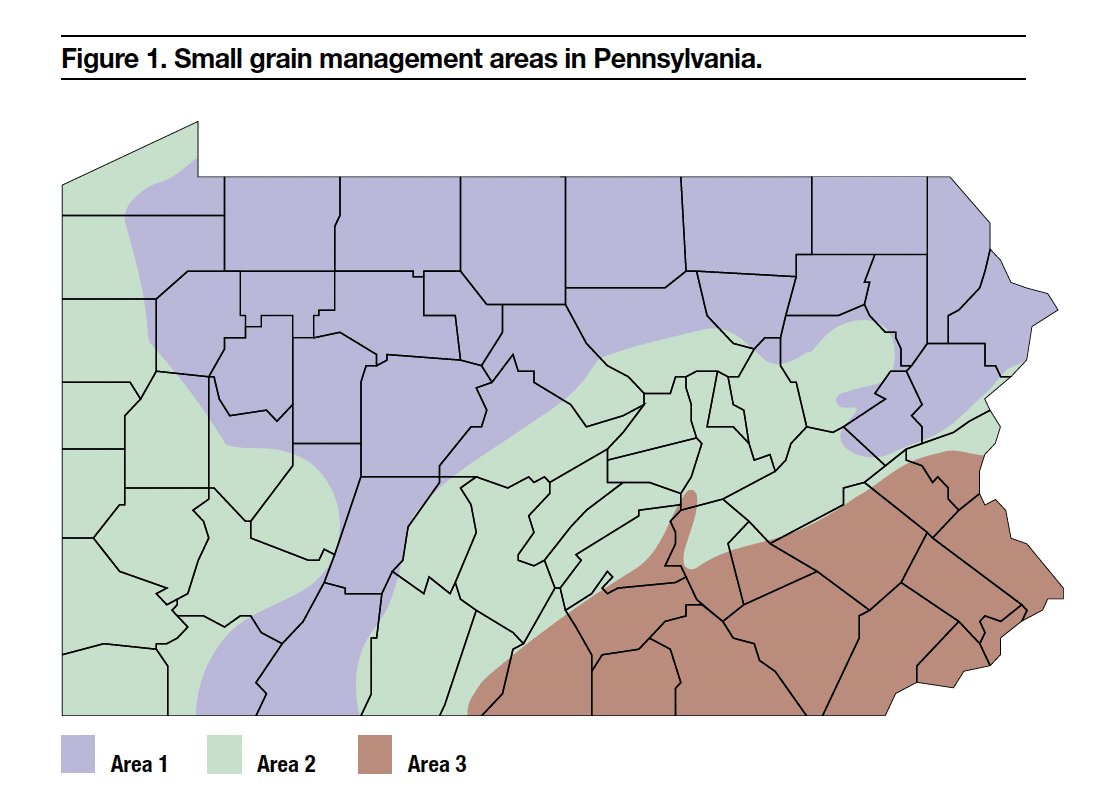
Map courtesy of Penn State Extension
Perhaps you’ve seen seasonal or small-batch releases at your favorite Pennsylvania craft brewery that feature grains besides barley. If you’re not exactly sure what some of those grains are, or why they might be included in a brew, we’re here to help! With informational help from the local maltsters at Deer Creek Malthouse, we’ve put together a quick and easy guide to some of the specialty grains used for brewing that are grown, harvested and malted right here in PA!
Wheat
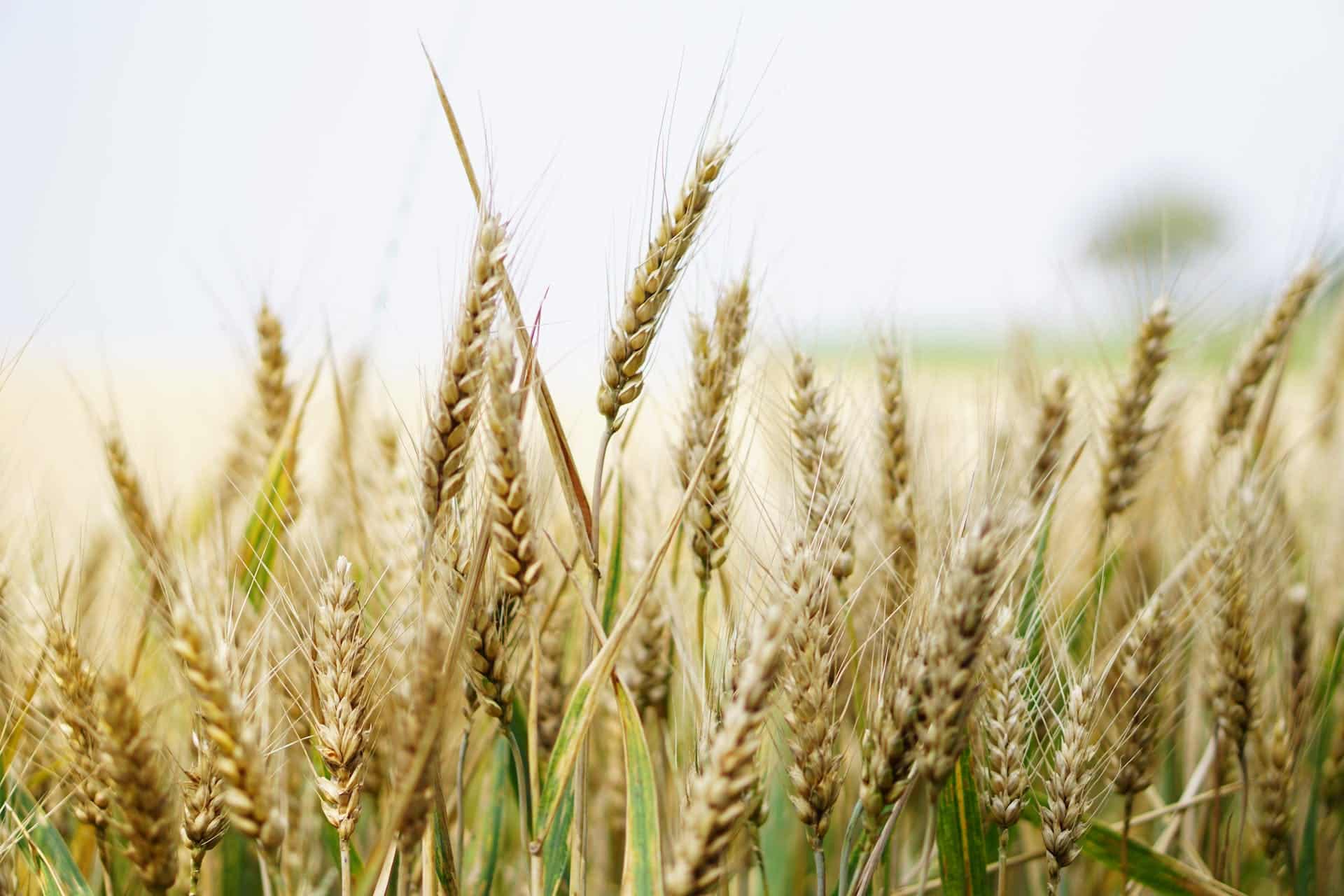
Wheat is a relatively common ingredient in beer. Maybe you’ve enjoyed a refreshing Hefeweizen or witbier, or a tart gose and experienced the pleasures of wheat beer. Brewers often choose wheat for its soft flavor and high-protein content, which helps to stabilize the foam in the finished beer and lends nice aromatics and a smooth texture.
There are various types of wheat, including hard or soft, which refer to the relative hardness of the wheat’s outer kernel. There are also red, white and pale wheats, as well as spring wheats and winter wheats. Wheat for brewing can be malted much like barley, or used raw. All wheat beers include a combination of wheat and barley (and sometimes other grains); even the most “wheat forward” beers usually top out at 60-70% malted wheat.
A common type of wheat grown in Pennsylvania is pale wheat, which Deer Creek Malthouse malts and sells in whole kernel and stone ground flour for baking. The malt is sweet and bready with notes of crackers and toast.
Local examples include: Urban Village Brewing Wildey Witbier, Troegs Independent Brewing Blizzard of Hops Winter IPA
Rye
Rye is a versatile grain for both baking and brewing and can be traced back nearly 13,000 years! It grows well in cold climates and in less-fertile soils than other grains, and in craft beer, rye is known for its spicy, earthy characteristics and full-bodied texture and thicker mouthfeel. Depending on how deeply the rye is roasted after malting, it can also lend varying degrees of color and depth of flavor to a beer.
The Pale Rye Malt from Deer Creek is clean and spicy, with notes of pepper and cloves. Chocolate rye (roasted to a rich, dark brown), crystal rye, red rye and flaked rye are also popular with brewers.
Local examples include: Cartesian Brewing In the Back of Beyond Rye IPA, PA Pride 10.0 Rye IPA
Triticale
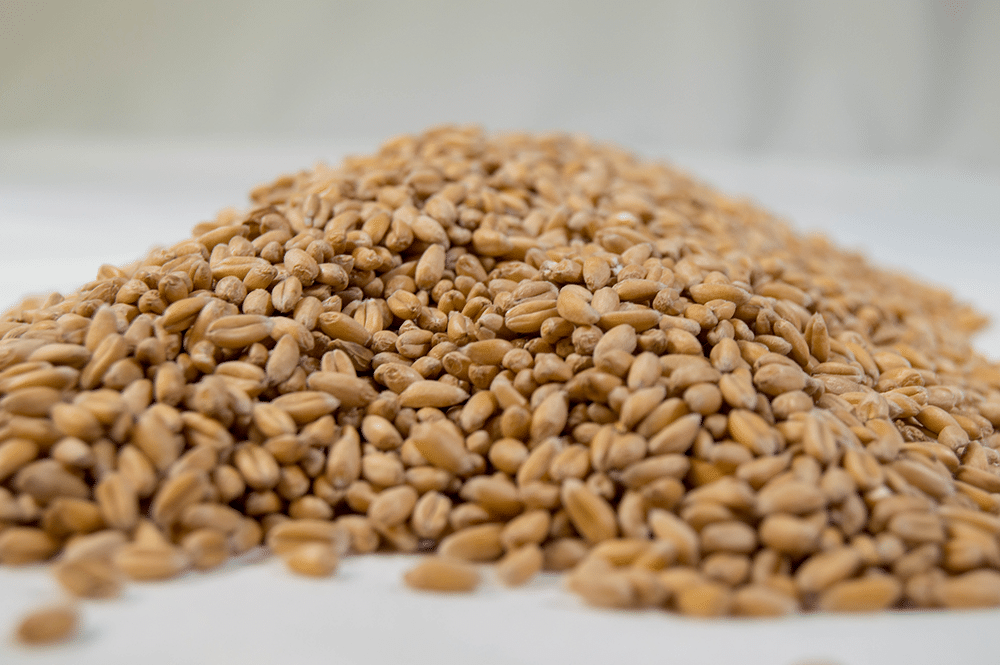
Triticale is a wheat/rye hybrid grain that delivers the best of both worlds — the bold spiciness of rye and the mellow smoothness of wheat. It can be swapped in for either malted wheat or rye, and, depending on the level of its roast after malting, it can deliver everything from subtle clean flavors to toasty chocolate flavors. Triticale is often used in IPAs, saisons and lagers.
Deer Creek’s Pale Triticale Malt is lightly kilned and features unique aromatics and flavors, including notes of spicy dough and soft earth.
Local examples include: Forest & Main Sun Vibes Saison
Spelt
Spelt is another ancient grain (it can be traced back to the Neolithic era), sometimes referred to as an heirloom predecessor of modern wheat. It has a spicy, slightly sweet and nutty flavor, and similar to wheat, improves a beer’s foam retention and lends a soft, pillowy texture.
The Pennsylvania pale spelt malt that Deer Creek offers has a distinct dry and nutty flavor. It has a higher protein level and less gluten than wheat, and adds nice complexity to beers, especially saisons, hazy pale ales and traditional wheat beer recipes.
Local examples include: Locust Lane Brewery Fluffy Sunshine Hazy Pale Ale, Free Will Brewing Co. Fool’s Progress Farmhouse Ale
Oats

If you love hazy beers with velvety texture, you’ve likely got oats to thank! The naturally occurring starches and gums (high beta-glucan content, if you want to get scientific) in oats thicken the body of a beer, and, like most of the grains discussed here, are used in addition to malted barley and/or other grains.
Malted oats, like the pale oats from Deer Creek, tend to impart a hazy, full body to a beer, with notes of biscuit, grass and straw. Oats add character to many styles of beers, most typically pale ales and saisons, but also stouts, porters and IPAs.
Local examples include: Stampede Barbecue Ale House Golden Ale, SUCCESSION Fermentory Piedmont American Pale Ale
Sorghum
Sorghum is a cereal grain that’s high in nutrients, including protein, fiber and B vitamins. Its origins can be traced to Africa, but is now commonly grown across the US. Sorghum syrup is a popular condiment in the American South, frequently served with biscuits and pancakes. It makes a great gluten-free flour substitute, and is usually one of the main grains used in gluten-free beer, as it can be converted into fermentable sugars much like barley.
Deer Creek makes a pale sorghum malt with locally grown white and red sorghum. It has notes of straw, citrus, candy, dried flowers and subtle stone fruit.
Local examples include: Chatty Monks Brewing Co. Electrify Hazy Imperial Pale Ale
Buckwheat
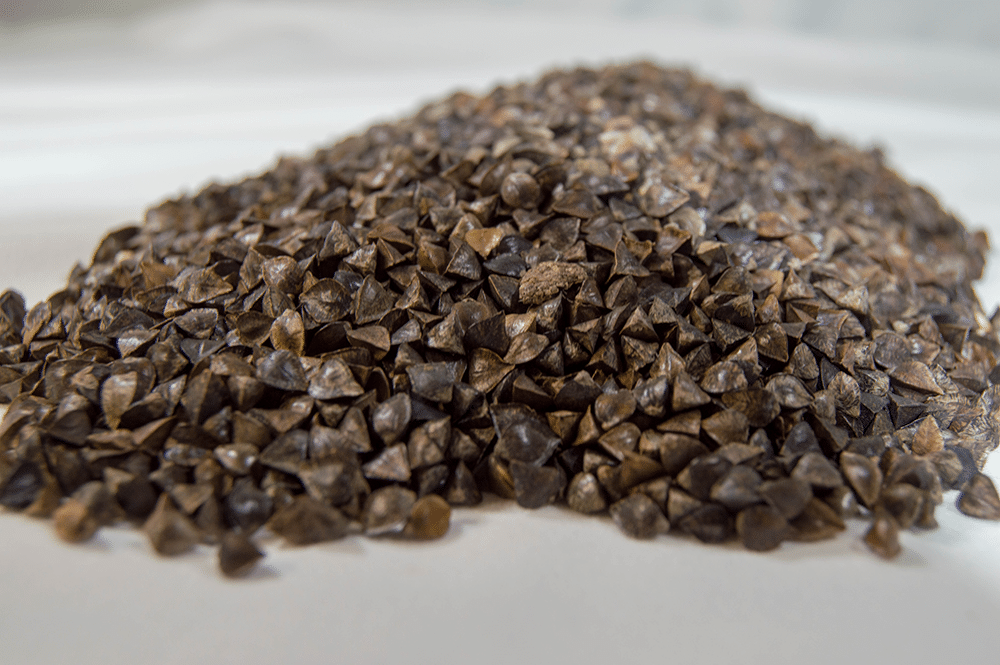
Though its name may imply otherwise, buckwheat is not related to wheat and in fact, isn’t even a grain at all! Technically, buckwheat is a seed from a flowering plant and it is gluten-free. If you’ve ever had buckwheat flour mixed into pancakes or cookies, you’ve tasted the robust, nutty flavors that it imparts, and those very same flavors shine through when it’s used in brewing.
The pale buckwheat malt that Deer Creek makes offers those telltale sweet, earthy notes with hints of wildflower and peanut shell. It’s a popular choice for pale ales and farmhouse saisons.
Local examples include: The Referend Bier Blendery Juan Gris
Corn
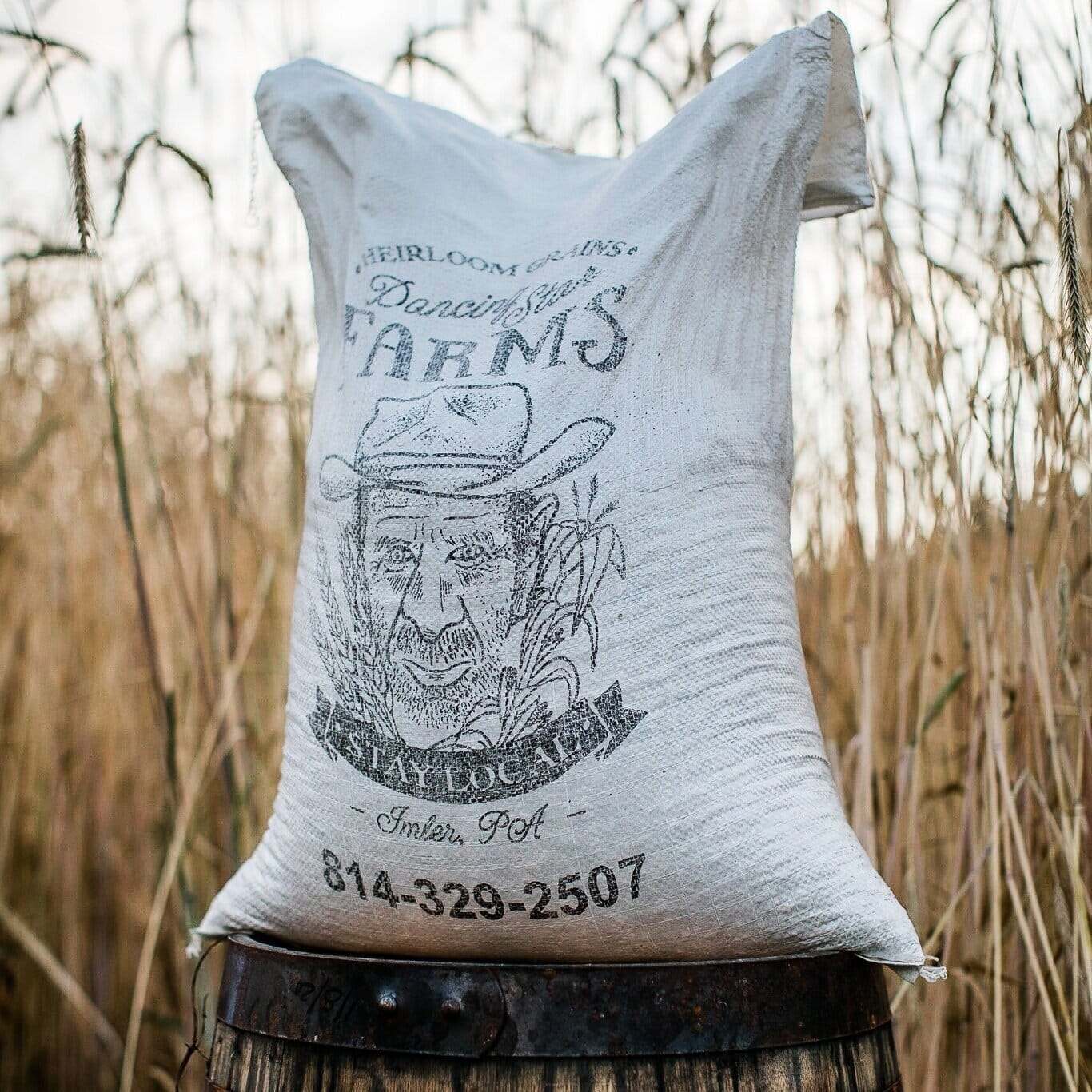
As we covered in our PA Grain to Glass story about Chatty Monks Brewing and Dancing Star Farms (an heirloom grain grower in Imler, PA), corn is often used in mass-produced macro beers, because it’s a cheaper source of fermentable sugar than most malted grains. However, more craft beers are incorporating corn into their grain bill because of the subtle sweetness and smooth texture it gives to beer. When a brewery wants to go the extra mile, there are heirloom corn varieties, like Dancing Star’s blue corn. Deer Creek’s pale corn malt is made with yellow and blue non-GMO locally grown corn, with clean and sweet flavors and subtle notes of straw.
Local examples include: Human Robot Tin Hoagie American Light Lager, Chatty Monks Brewing Daisy Dream Bohemian Pilsner
This list is by no means complete; other specialty malted grains used in brewing include Einkorn (the most primitive form of wheat), Emmer (another ancient variety of wheat), Millet and Quinoa.
The next time you’re at your favorite Pennsylvania brewery, try a beer made with a grain other than barley and see what you think. You might just find a new style to fall in love with!
This series is made possible by support from Deer Creek Malthouse through the Pennsylvania Malt and Brewed Beverage Industry Promotion Board and grant funding from the Pennsylvania Liquor Control Board.
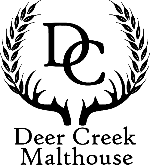
Deer Creek Malthouse (Glen Mills, PA) produces high quality, flavorful malt ingredients made from local grain. Founded in 2012, Deer Creek is the first commercial malting operation in Pennsylvania since prohibition. The Company is dedicated to improving the regional grain supply chain for all stakeholders and leads many advocacy and value chain building initiatives, including the Philadelphia Grain & Malt Symposium. Deer Creek also produces a variety of consumer food and beverages using their grain and malt ingredients such as zero proof Barley Tea.
- Buckwheat and triticale photos : Deer Creek Malthouse
- Map: Penn State Extension
- Wheat and oats photos: Pexels
- Bag of corn photo: Dancing Star Farms


